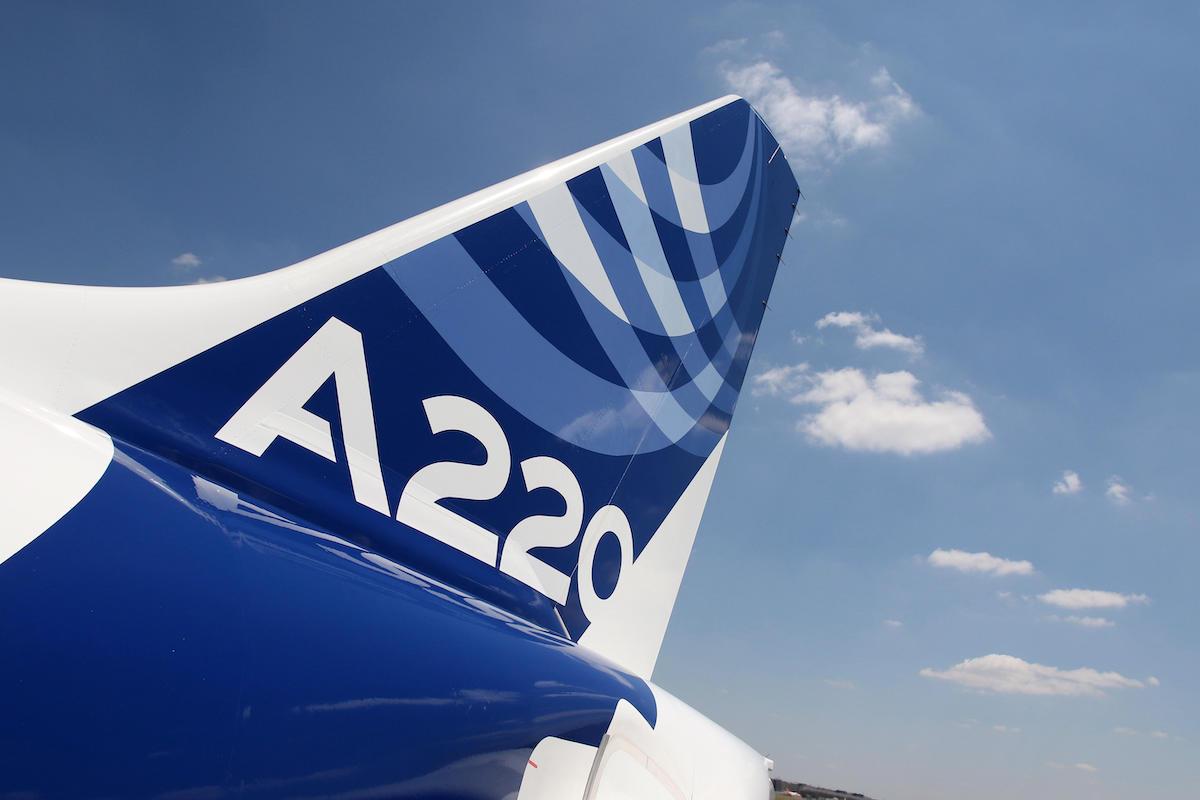
Credit: Sebastien Lapeyrere/Alamy Live News
The debate about 2022 commercial aircraft deliveries has very much focused on delays and supply chain issues rather than market dynamics. But a deeper dive into the Airbus numbers shows increasingly strong signs of a shift in production that will have big ramifications over time and is already the...
Subscription Required
This content requires a subscription to one of the Aviation Week Intelligence Network (AWIN) bundles.
Schedule a demo today to find out how you can access this content and similar content related to your area of the global aviation industry.
Already an AWIN subscriber? Login
Did you know? Aviation Week has won top honors multiple times in the Jesse H. Neal National Business Journalism Awards, the business-to-business media equivalent of the Pulitzer Prizes.
